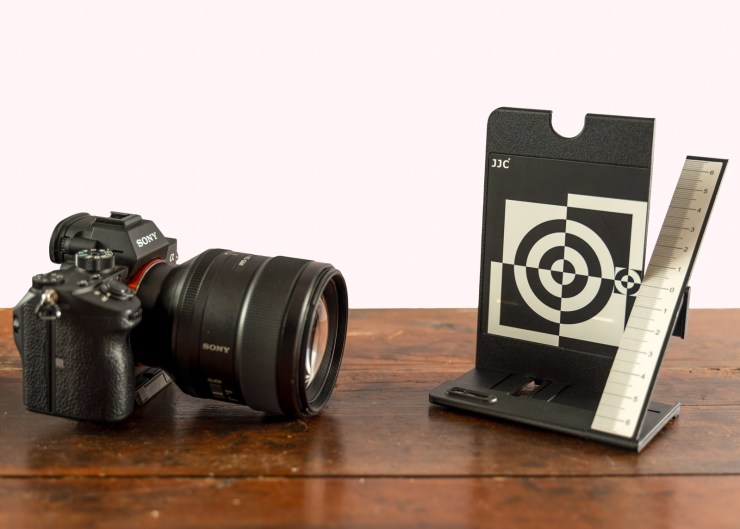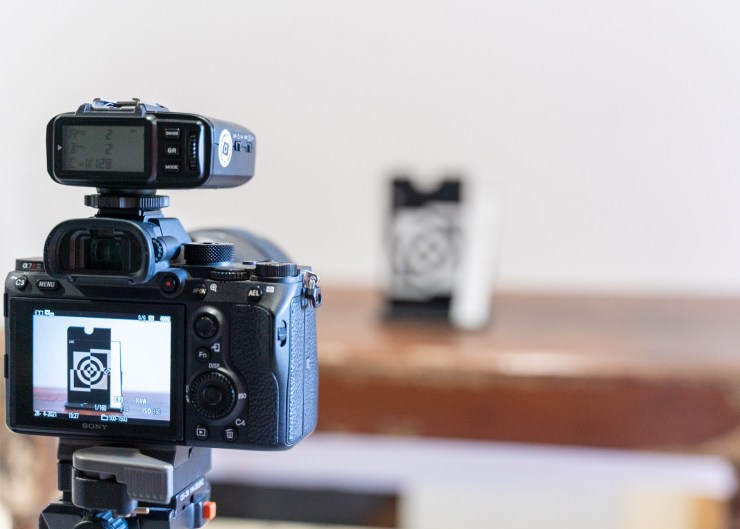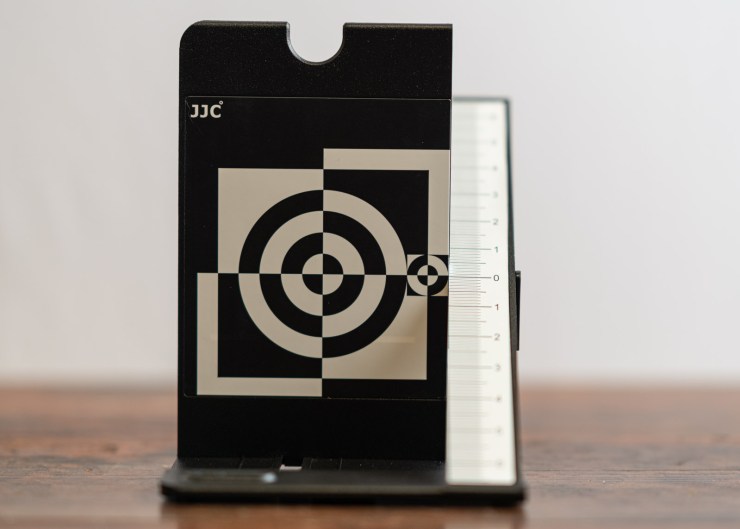Should you calibrate your lenses for razor-sharp focus? Well, this is a really good question. But the answer is not so specific. If you have a DSLR camera, the answer is yes, but if you have a newer mirrorless the answer is not so clear-cut.
Why calibrate for DSLR?
Because these cameras have a separate AF (autofocus) chip, the mirror moves up and down, allowing the light to hit the sensor and it can vary from setup to setup.
What you are doing when you calibrate a DSLR is actually moving the AF chip slightly to align better with the sensor. These AF micro adjustments can be done in your camera. Refer to the manual for the make and model of your camera.
Why not in a mirrorless?
In many mirrorless cameras, the AF chip is built into the sensor, so there is really nothing to move. Some claim that calibration is irrelevant and no longer required with mirrorless cameras.
Sony Alpha cameras still have AF micro adjustments listed in the menu system, but I have recently found out that is designed to calibrate non-Sony E-mount lenses with an adapter.
Should you calibrate your lenses anyway?
I brought a cheap calibration kit and went about testing every lens I own. With my Sony, every single lens was perfect. So that gave me some peace of mind.
That was the real point of this exercise, to double-check. We spend a lot of money on our glass and it’s nice to know it’s working to peak performance.

How to calibrate your lenses for razor-sharp focus
1. Setup your calibration device on a sturdy surface
Set your camera up on a tripod and test various lenses by setting your autofocus on the middle circle. This may take some time, so patience is the key. Use the smallest aperture value your lens will allow, say f/1.4 or f/3.5 (depending on your lens). I would also suggest center focus point and the smallest focal point possible for your camera.

2. Take multiple images with each lens and check!
You can double check on live view, but to be honest you really need to see it on a bigger screen to be sure. Make sure the center point on the calibration device, or the -0- is tack sharp. On all of mine, it was.
3. If your focus is in front or behind the -0- marker, then your AF is off
On a DSLR you can then adjust this for your camera using the AF Micro Adjustment setting. Perhaps Google it for your make and model. It can be fiddly and again patience is required … this is not a 10-minute job.

What about the firmware in the camera and lenses?
This is something else entirely and definitely worth looking into — especially with your camera. Updating the firmware is not quite as scary as I first thought, either. There are loads of tutorials online for your camera. Check out the manufacturer’s website for not only your camera, but for your lenses, too.
Tell your story with the second annual Visual Storytelling Conference!
Experience four days of interactive, online training sessions featuring a range of educational content with experienced photographers and content creators. This free event kicks off with a series of technical boot camps to build essential skills, followed by live, online sessions on photography, video, business and social media. Join live from March 10-13, 2022!
